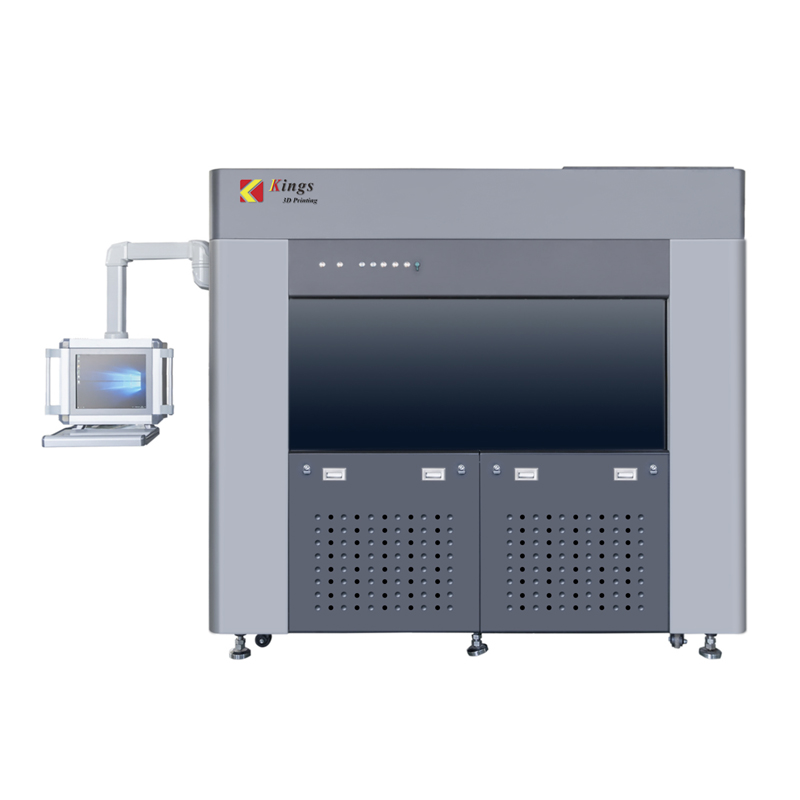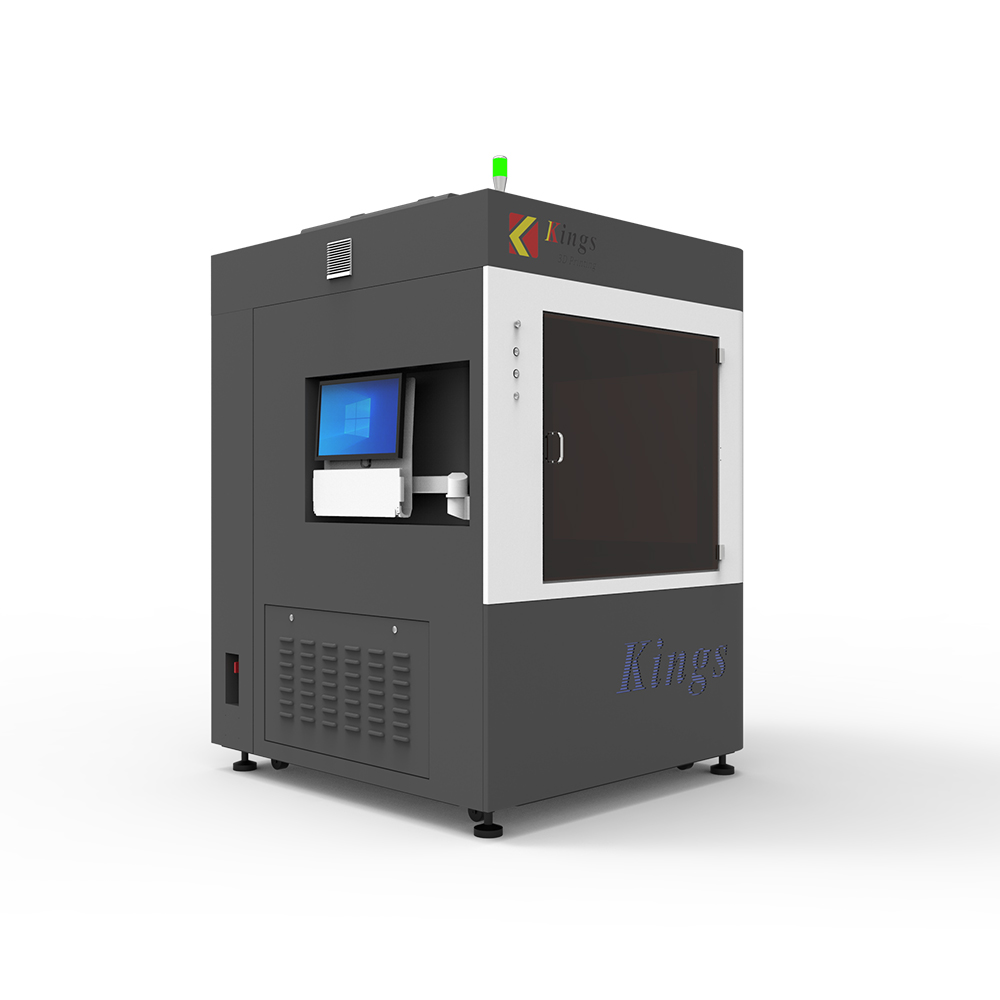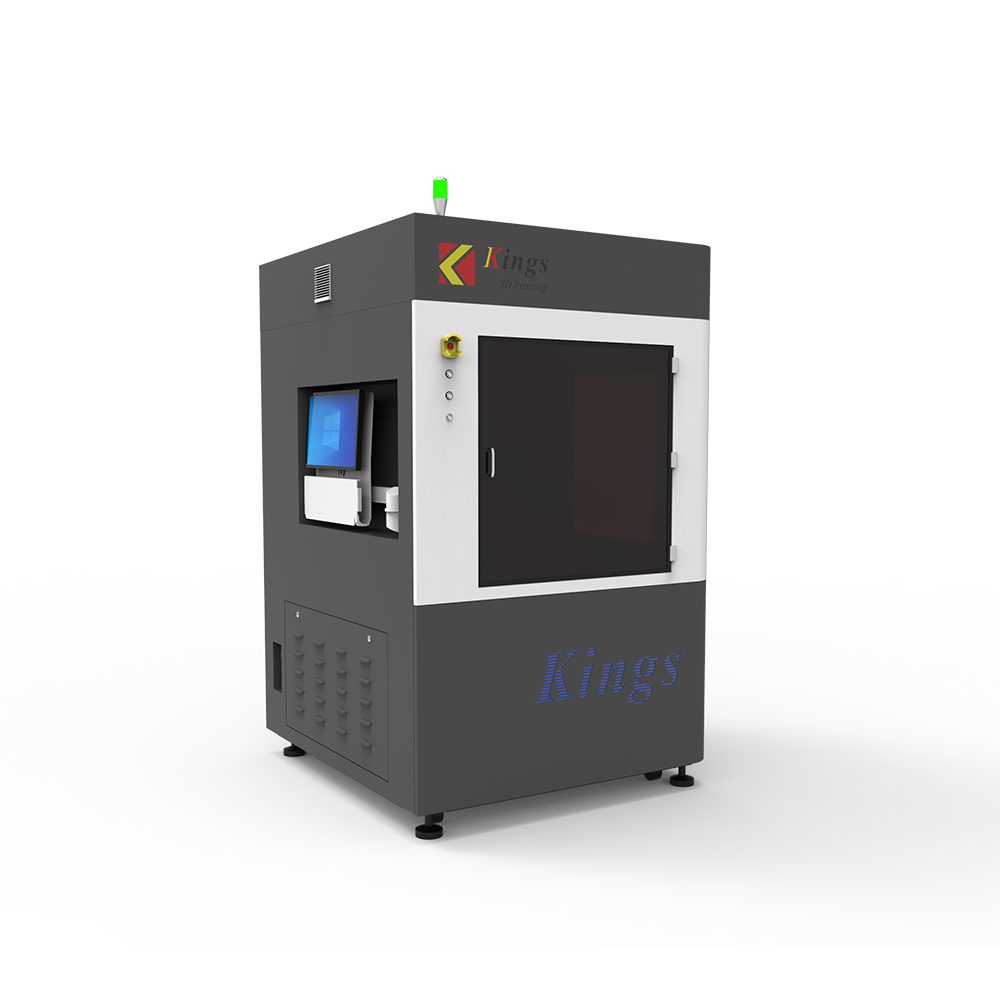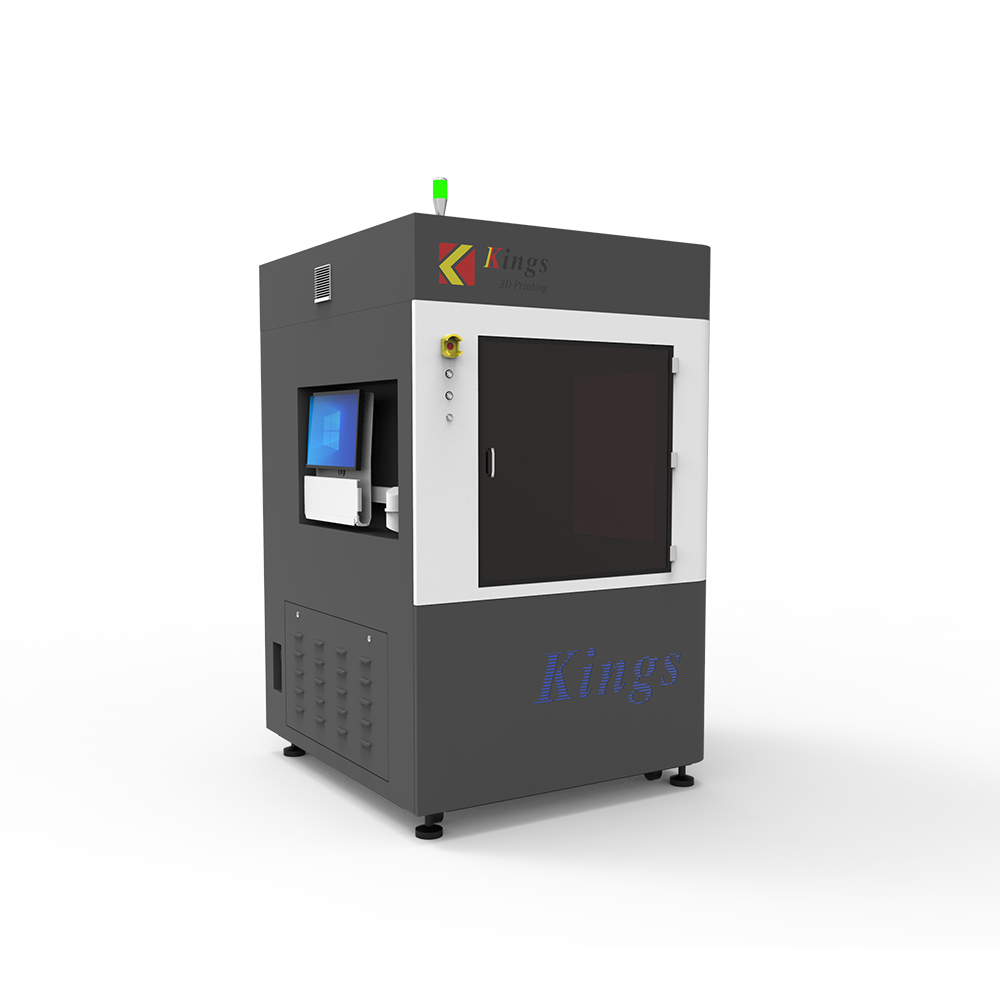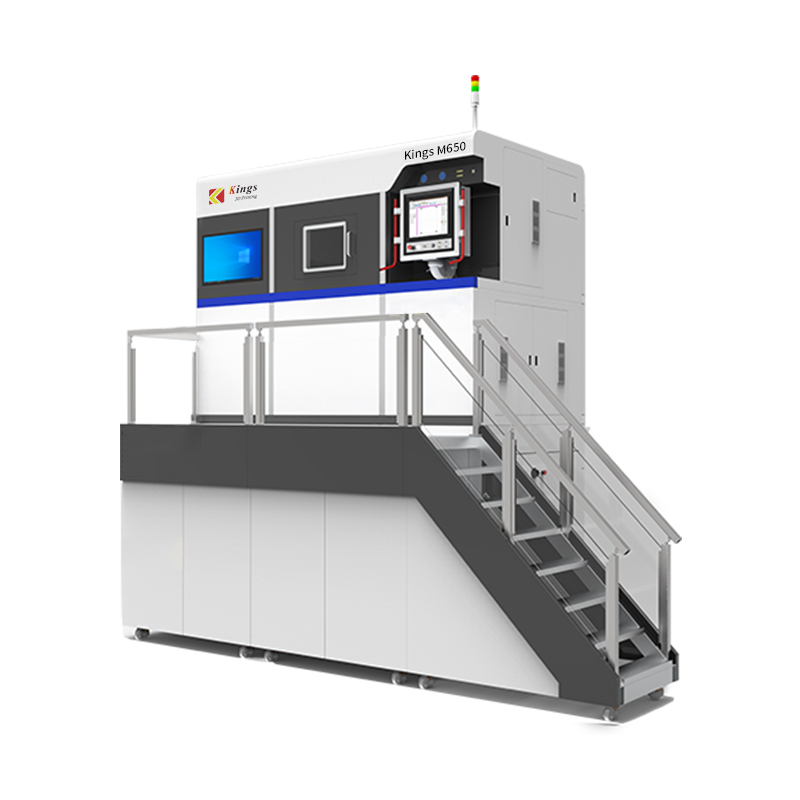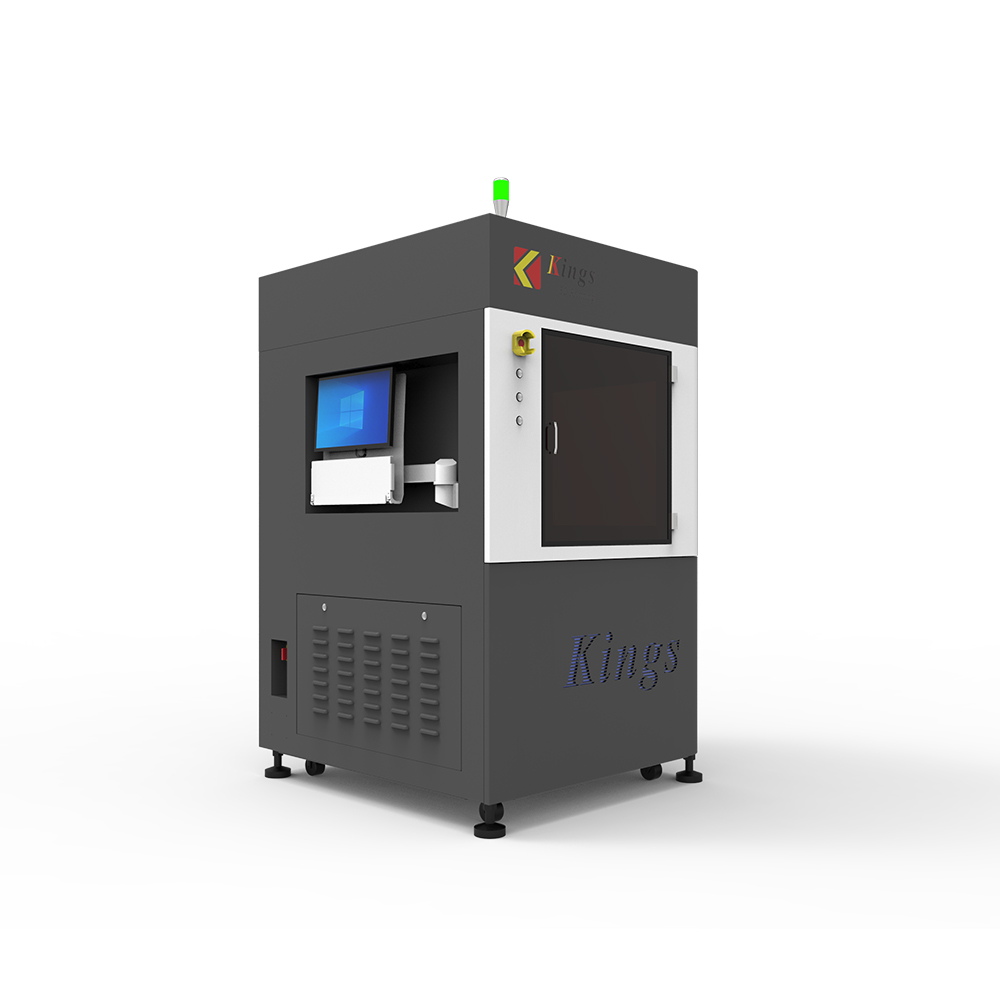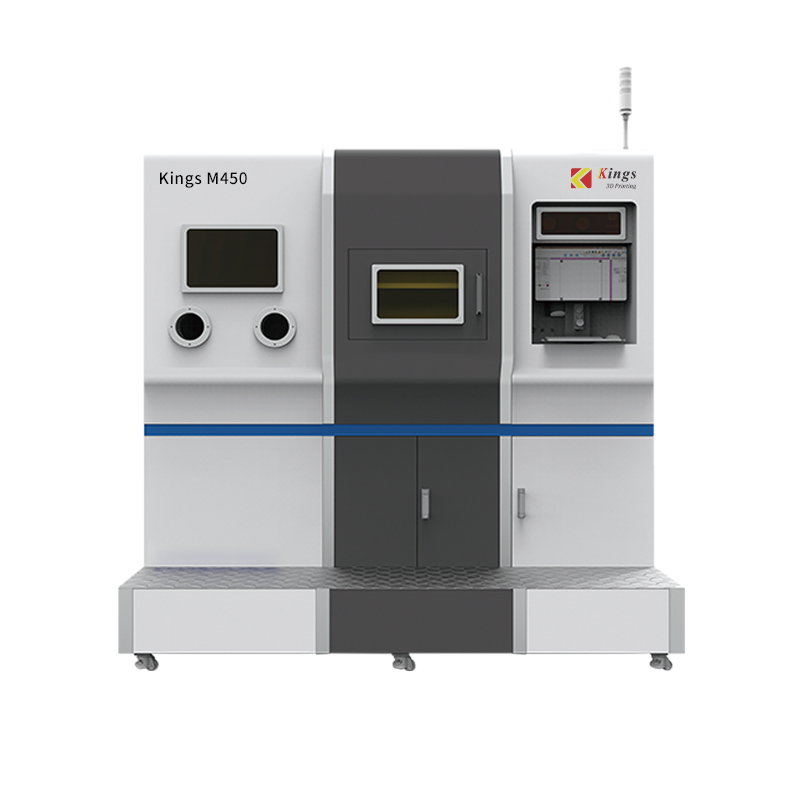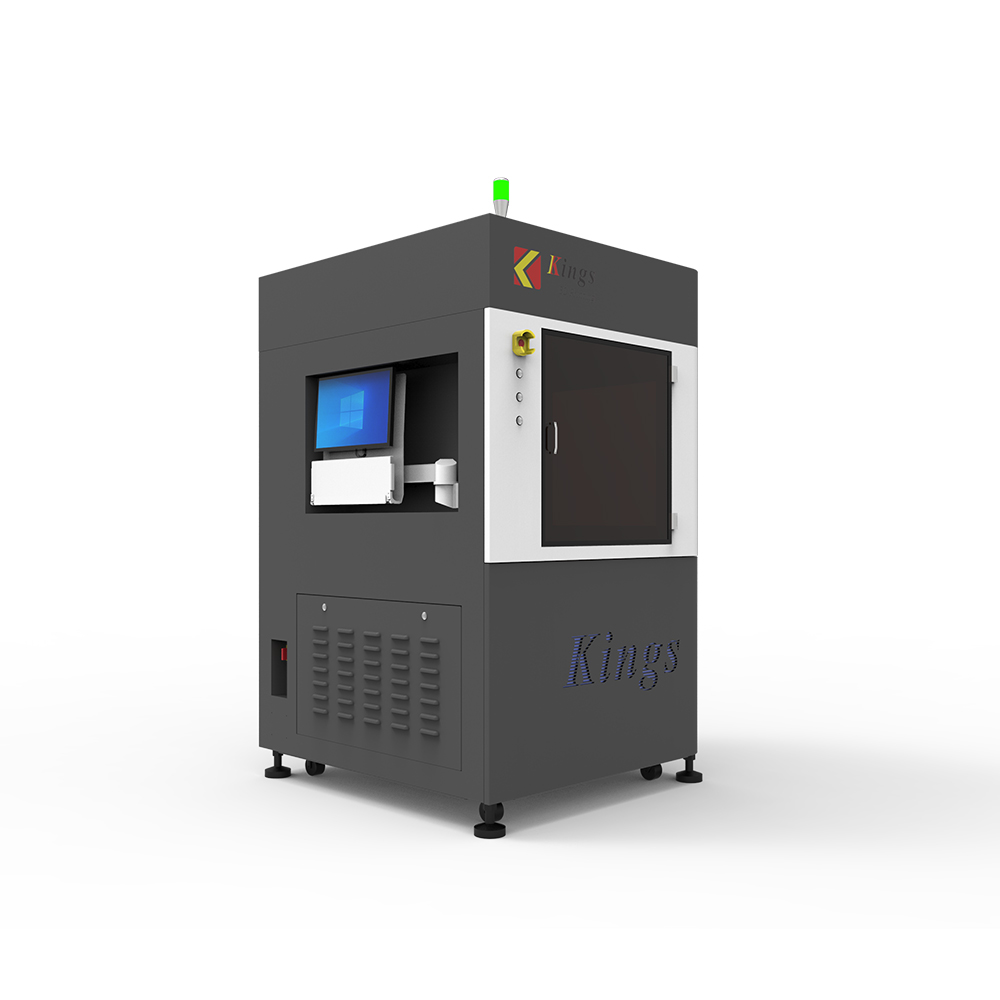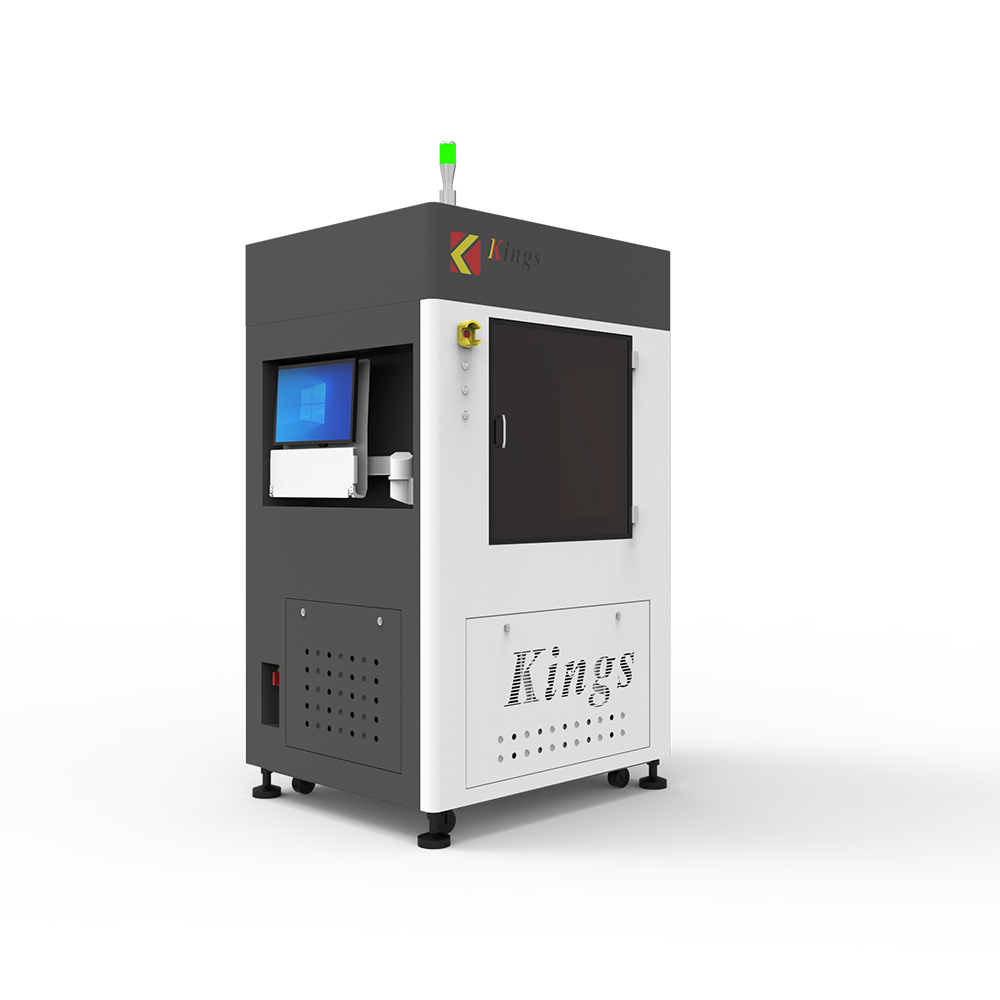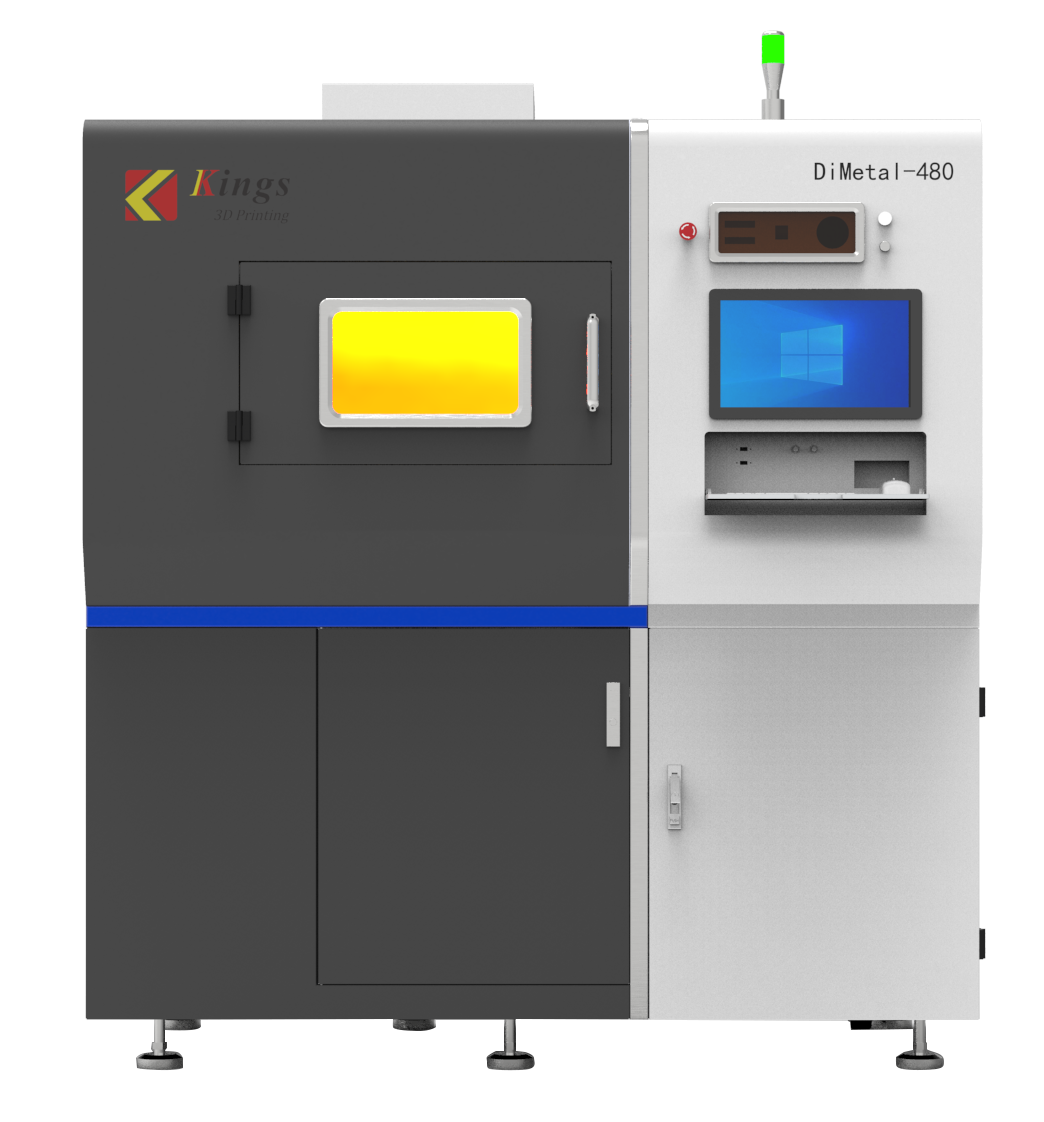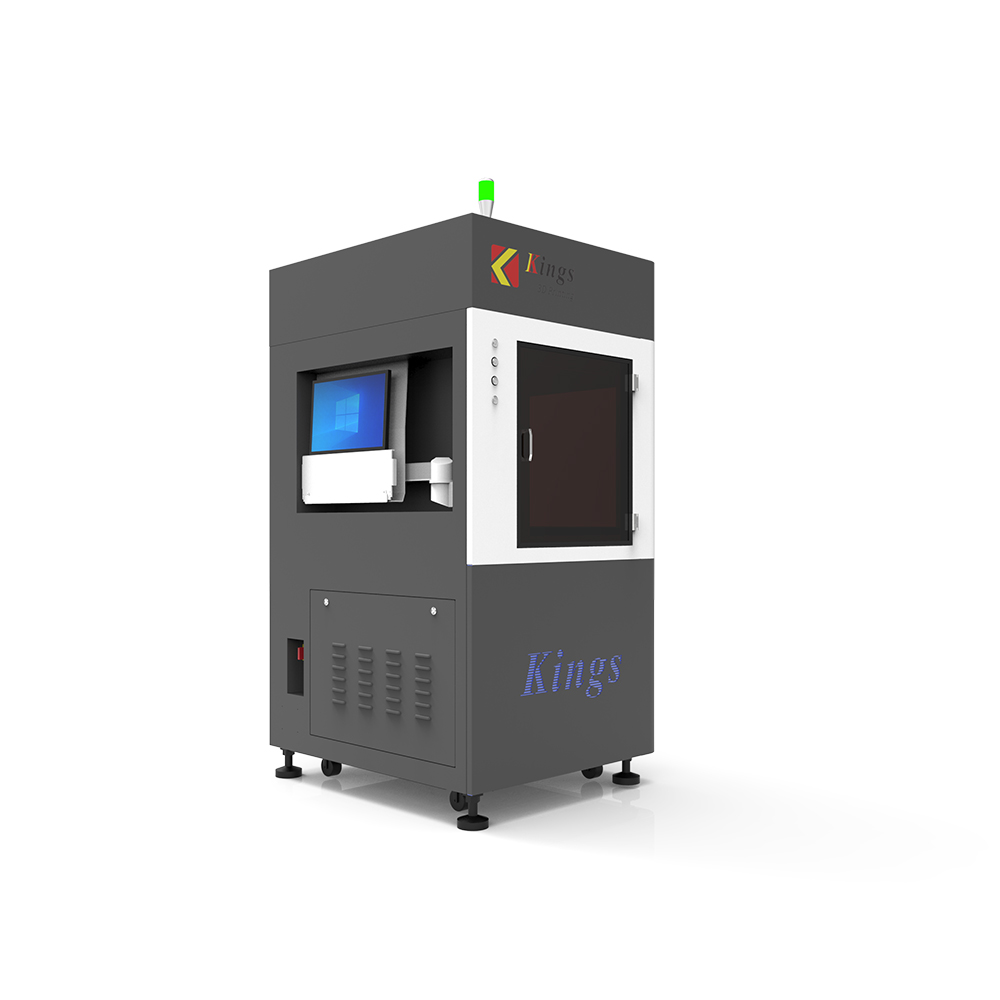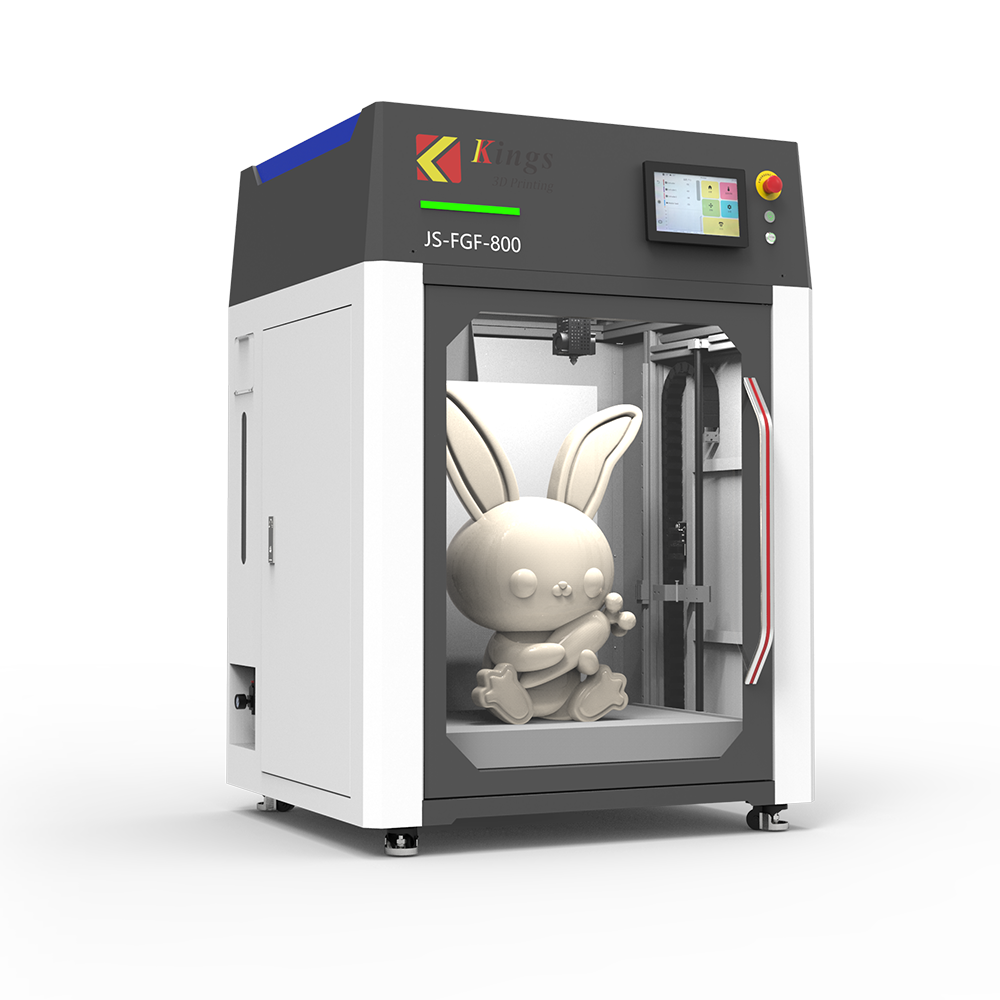Many businesses and individuals use 3D printing because it is easy to perform, accurate, precise, and suitable for creating products with complex designs. Whichever method you choose, it is important to consider the cost of 3D printing services before delving into it.
There are many factors that contribute to cost differences, and the following are important factors to consider in the relationship between cost and 3D printing.
Price
3D printers come in different technologies, features, and levels of complexity, which can affect the cost, quality, and quantity of 3D printers and 3D printed parts. Here are the important factors you should consider.
Printing Technology
3D printing is an additive technology that involves creating a 3D printed product from a CAD model. However, 3D printers operate based on different technologies; FDM 3D printers have the lowest manufacturing costs. Another common technology is light curing molding (SLA), which involves using a laser to cure resin into hardened plastic.
Maintenance Costs
3D printers will provide high quality prints, but without maintenance, their performance and print quality will deteriorate. Costs include the cost of replacing 3D printer components and cleaning such components. Depending on the components and complexity of the 3D printer, this can cost hundreds of dollars.
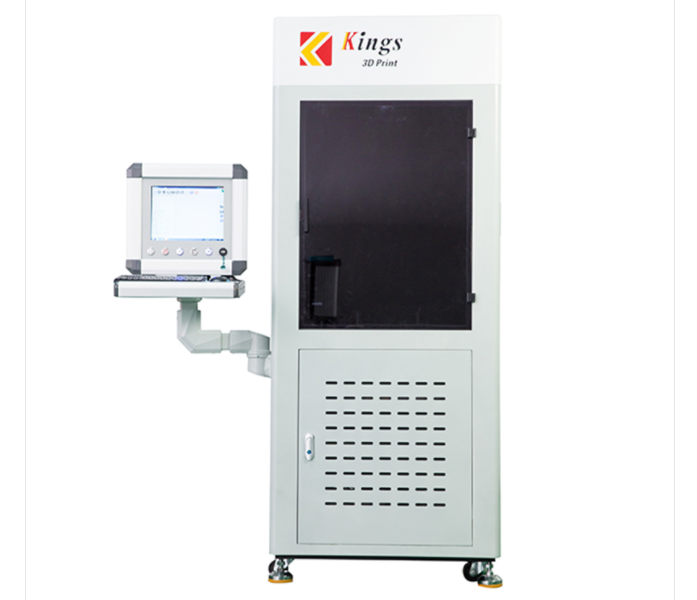
KINGS 3035Pro SLA 3D Printer
Materials
Materials play a significant role in the impact of 3D printed parts, as well as the accessibility and rarity of the cost of 3D printing services. materials commonly used in 3D printing are:
Powders and Filaments
Powders and filaments are the cheapest and most common materials used in 3D printing. Non-experts and those who just 3D print as a hobby like to use these thermoplastics (commonly PLA and ABS) because they are cheap.
Resins
Resins are arguably the best material for 3D printing because they are easy to work with and very easy to manipulate afterwards. However, unlike plastics and filaments, they are very expensive.
High-end materials
When you use high-end materials, the cost of 3D printing services tends to increase. High-end materials are not easily available and common, making them more expensive. For example, the cost of handling metals such as titanium, cobalt, aluminum, nickel and alloy steel is very high.
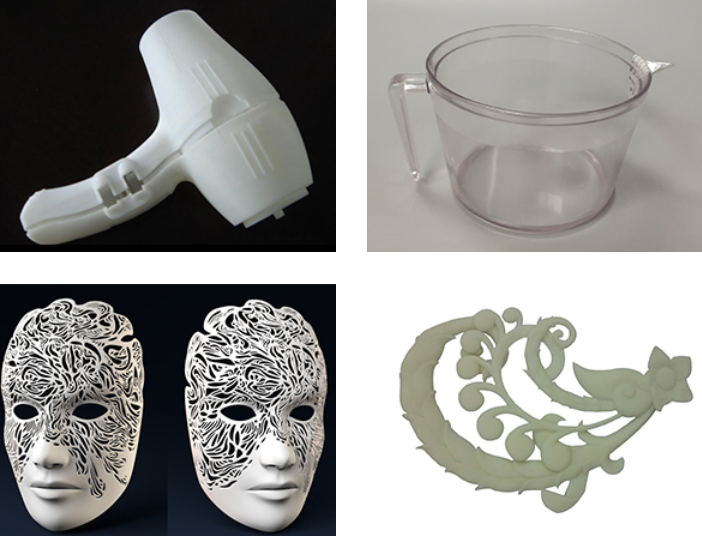
Post-processing
After a product is printed, many post-processing procedures are used to improve the quality and functionality of the 3D print.
Polishing
Polishing is a post-processing process that is used to obtain the smoothest possible surface for 3D printing. It involves polishing the 3D print, rinsing the print, and then applying a polishing agent. Polishing is very expensive because it requires dimensional accuracy and a high level of moderate skill.
Electroplating
This involves coating the 3D printed part with a specific metal, such as gold or silver, using electrolysis. Electroplating is suitable for improving the strength and appearance of 3D printed parts. However, the process is very expensive due to the mechanism and the metal being coated.
Epoxy Coating
Epoxy coating involves coating the 3D printed part with epoxy resin and hardener to improve its strength and seal the porous parts of the printed part. Typically, this is an effective and expensive protection process.
Do you have a 3D printing project that requires high quality 3D printing services? Contact us via email at KINGS3D, a reputable provider of rapid prototyping services, offering professional solutions and services.



